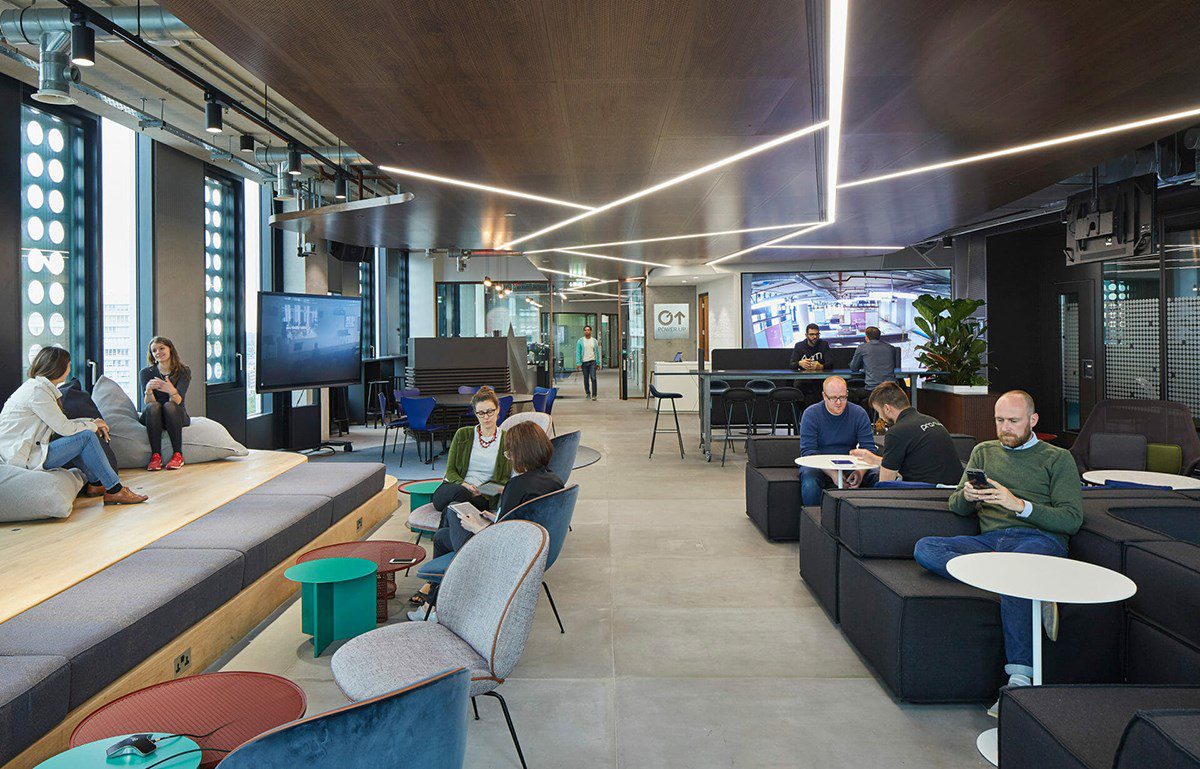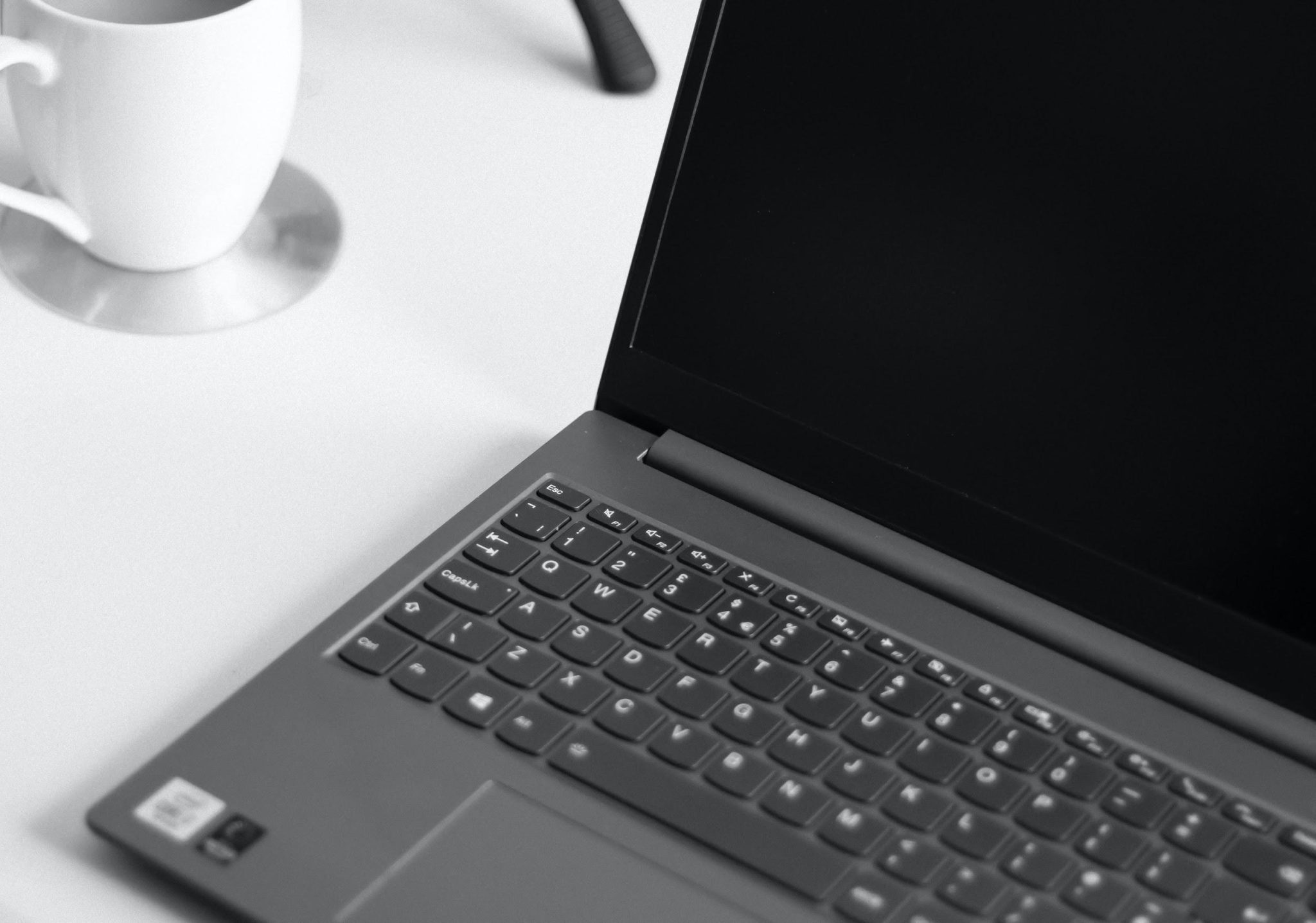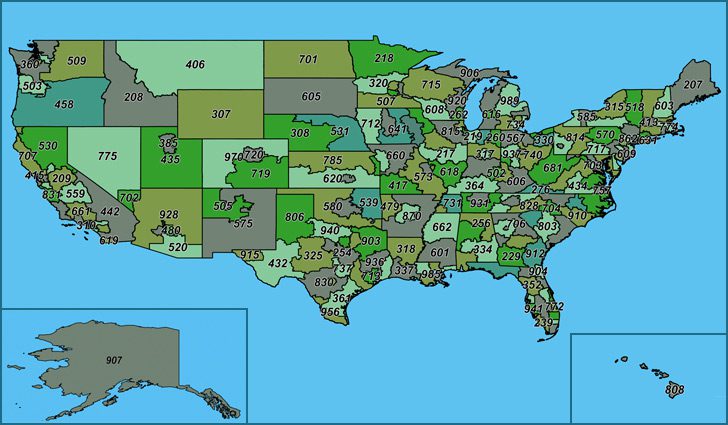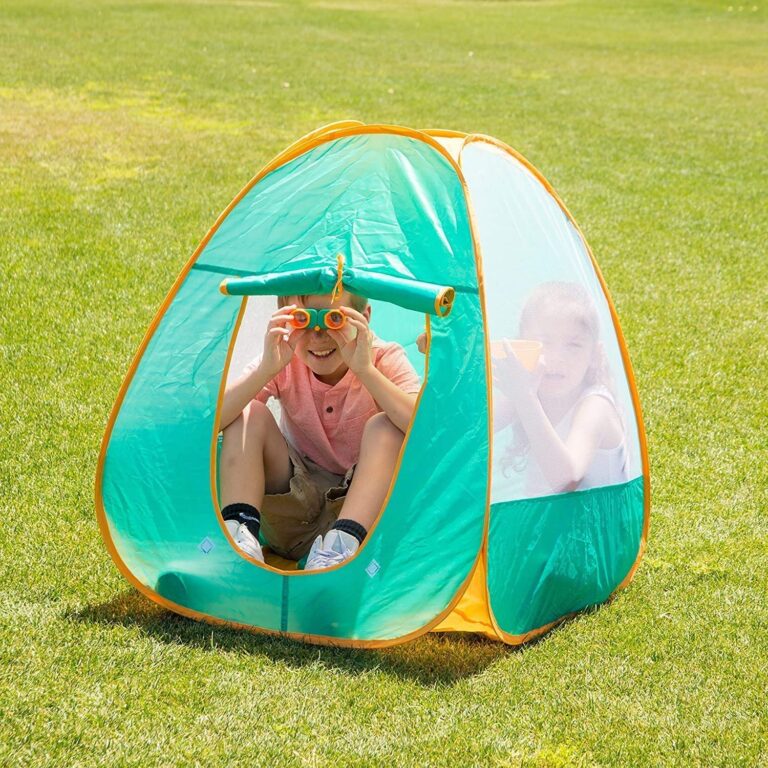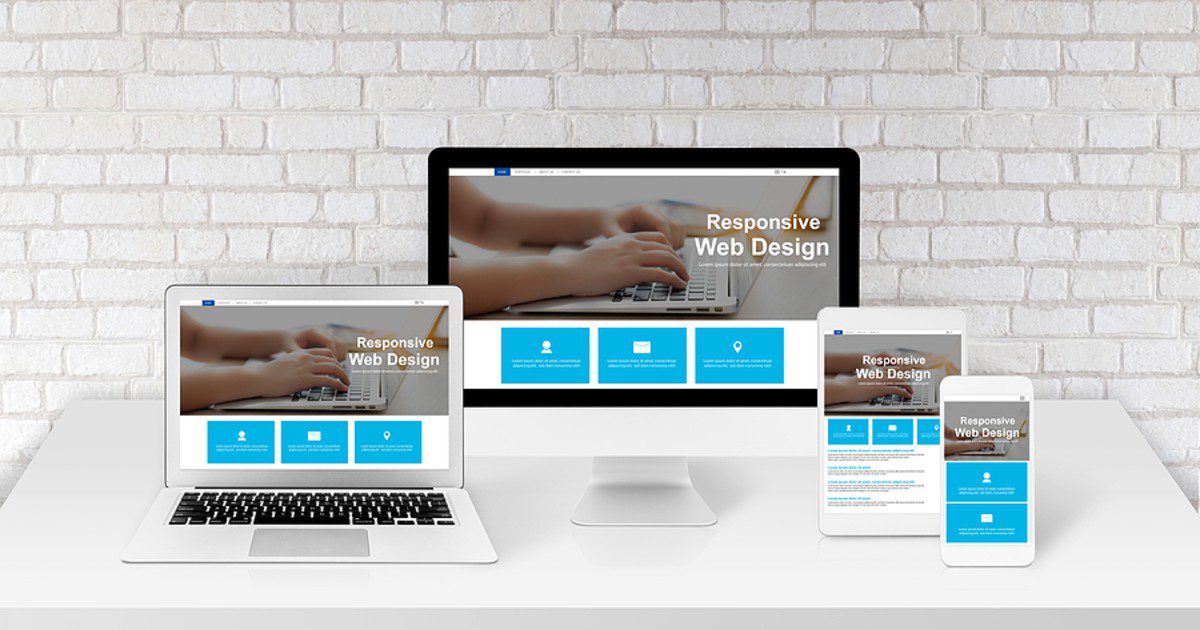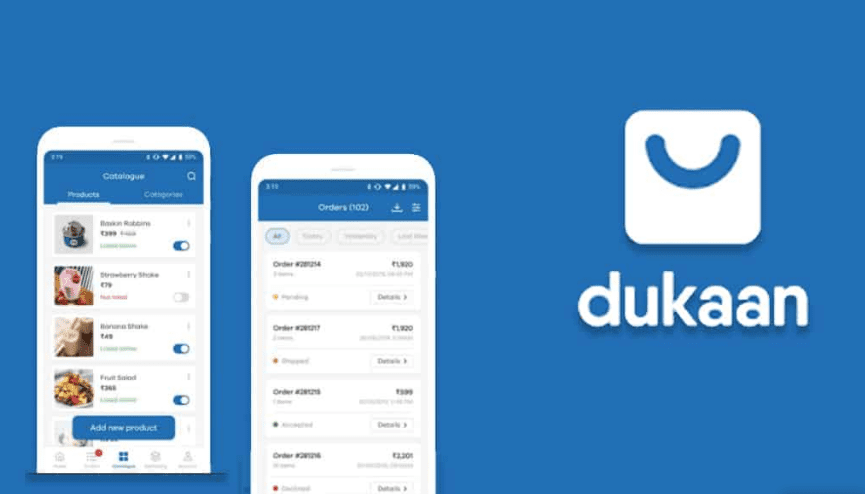Hotel desks are a simple solution to limited office space. If you’ve got more people than desks, office hoteling is a way to share those desks in a way that’s non-disruptive. There’s also a ton of flexibility and other benefits that come with alternative desking.
Office hoteling concept requires the right approach (read what is hoteling). Without a good plan for coordinating desk assignments, your office will quickly descend into chaos! The last thing you want are desks doubled up while others sit empty or employees get lost in the shuffle of ever-changing seating arrangements.
Here’s a quick rundown of best practices to consider before making office hoteling part of your space utilization strategy.
First, invest in good office hoteling software—you’ll need it. Centralizing all aspects of hotel desk booking and management is key to making it work. Here are a few must-have features in office hoteling software:
You’ll need a way to physically see what desks are open and where people are sitting.
You’ll need software that ties into your communication platforms and other software to make it part of your ecosystem. Desk hoteling.
This is important especially if your facilities are larger and you’ll be coordinating hotel desks on-the-go.
Beyond these features, your hotel desk booking platform should be easy-to-use, cloud-hosted for ultimate accessibility, real-time enabled, and customizable to your facilities.
And let’s not forget about the person utilizing this software. When centralizing hotel desk booking and management, you should also centralize its oversight. Having a single facilities manager or desk coordinator manage hoteling is smart. They’ll serve as a single point of contact and knowledge regarding your hotel desking policies—whether it’s workers with questions about their arrangement or executives with queries about utilization trends.
What’s office hoteling without a booking process? Once you’ve got the software and the person running the show, it’s time to develop a booking process to fill hotel desk. Here’s a basic example of a system that’s straightforward, organized, and simple:
Workers without a desk report to the facilities manager when they arrive
The manager checks the system, assigns a desk, and emails desk location, phone extension, etc.
When the worker leaves for the day, they sign out or check out with the manager.
A standardized process ensures no steps are skipped, such as forgetting to email a worker their desk details or failing to log the specific desk they’re occupying.
If you opt to let workers book their own desks, standardization is also important. Make sure instructions are clear on booking and usage protocols.
For any hotel or hot desk setup, wayfinding is important. Having desks and areas clearly labeled will help workers find their temporary space with ease. Physical signage is an option, but digital wayfinding is more the standard. Some wayfinding best practices include:
Label every hotel desk in uniformed fashion. Examples include numbering (001), alpha-numeric labels (B22), or unique identifiers (Green Desk)
Use email confirmations to communicate wayfinding information or instructions. Examples include linking to a floorplan of your offices or providing directions (“second floor, left out of the elevator, third desk on the right”)
Populate a searchable directory that’s automatically updated as hotel desks are checked-in
Technology is critical for successful hotel desks. As a rule of thumb, desks should have a phone with a unique extension, a computer, and Internet access with a unique sign-on. Provide details in booking confirmation emails or have information displayed at hotel desks. This can include usernames, passwords, WiFi guest credentials, phone extensions, and IT support contact information.
It’s important to set expectations for hotel desks. Specifically, you want standardization and order when dealing with spaces that are structured around uncertainty. Here are a few variables to consider:
Have a cleaning policy or a “reset” process for shared desks. Make sure they’re fresh and welcoming for everyone who uses them
Make communication clear and straightforward. Hot desk residents should always know who to contact when they need something
Provide a hotel desk manual or policy document to answer questions and address concerns You’re bound to encounter challenges and setbacks with hotel desks. You can’t plan for everything! What will make or break your hotel desking strategy is your ability to adapt for and adjust to problems and challenges. Follow the above best practices and stay invested in the hotel desking process—the other details will flesh themselves out in time.

